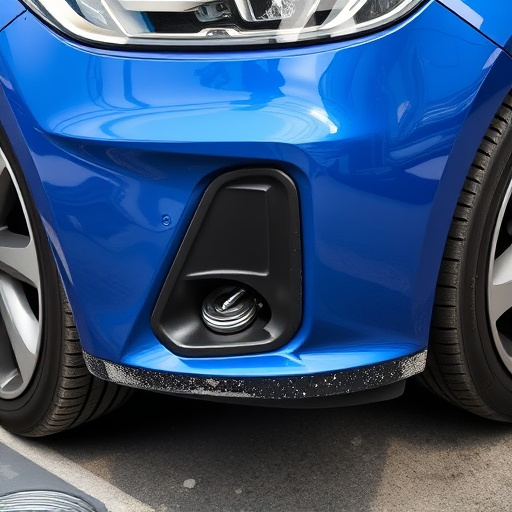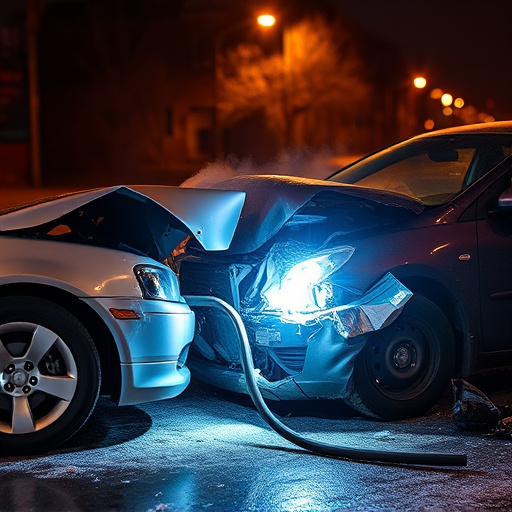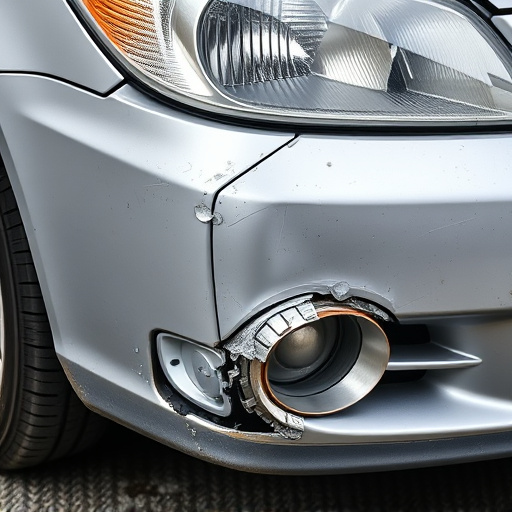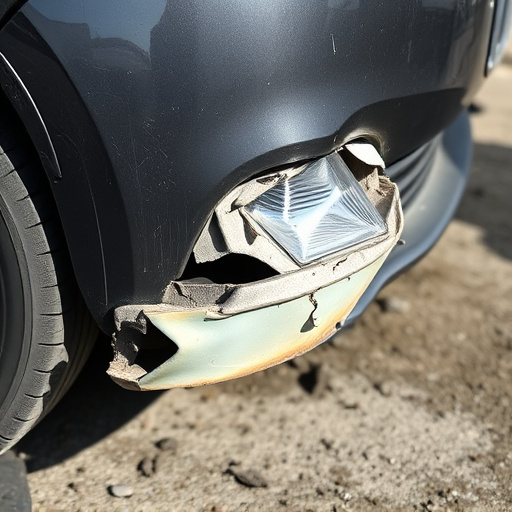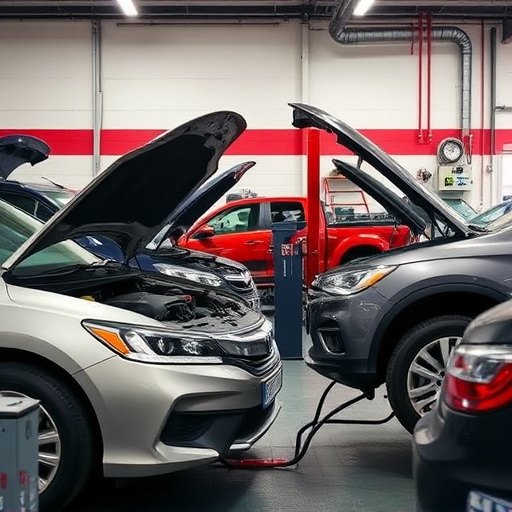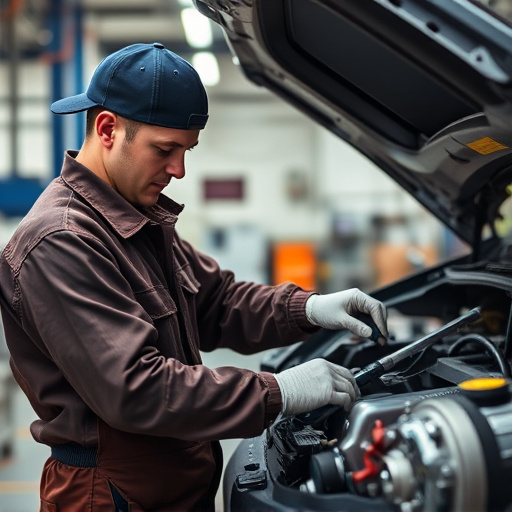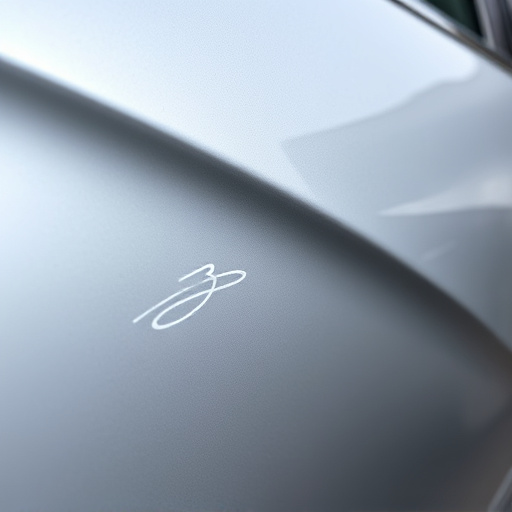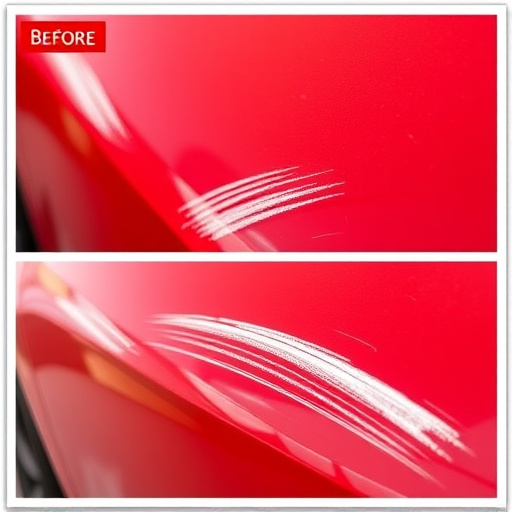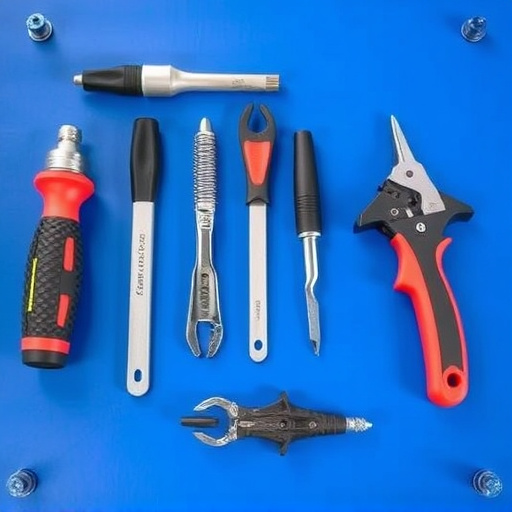Undercarriage inspection repair is crucial for vehicle health and longevity. Mechanics use specialized tools to assess exhaust systems, suspension parts, fuel lines, and brake assemblies, identifying minor issues. Regular maintenance catches wear and tear early, extending lifespan, enhancing safety, saving money on breakdowns, and improving fuel efficiency. Collision repair centers also play a vital role in restoring structural integrity after accidents or severe weather.
Undercarriage inspection and repair are essential components of vehicle maintenance that often go unnoticed. These critical procedures play a pivotal role in determining a car’s overall longevity and performance. By delving into the process and understanding key components, owners can ensure optimal vehicle health. Regular undercarriage inspections can reveal potential issues early on, leading to timely repairs and preventing more significant, costly problems down the line. This article guides you through these essential practices.
- Understanding Undercarriage Inspection Repair Process
- Key Components to Assess During an Undercarriage Inspection
- The Impact of Regular Maintenance on Vehicle Longevity
Understanding Undercarriage Inspection Repair Process
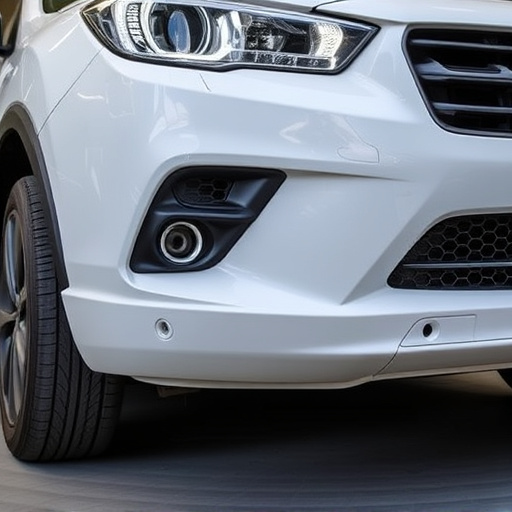
Undercarriage inspection repair is a critical process that involves meticulous evaluation and meticulous fixing of components beneath a vehicle’s body. This often overlooked area plays a pivotal role in maintaining optimal vehicle performance and longevity. Technicians utilize specialized tools to scrutinize every detail, from suspension systems to exhaust pipes, identifying even the smallest cracks or damages.
Once identified, these issues are addressed through targeted auto body repair techniques, ensuring not just structural integrity but also enhancing overall vehicle safety. The process requires a deep understanding of automotive engineering and access to high-quality auto body services. Regular undercarriage inspections coupled with prompt repairs can significantly extend a vehicle’s lifespan, making it an essential practice for responsible vehicle ownership.
Key Components to Assess During an Undercarriage Inspection
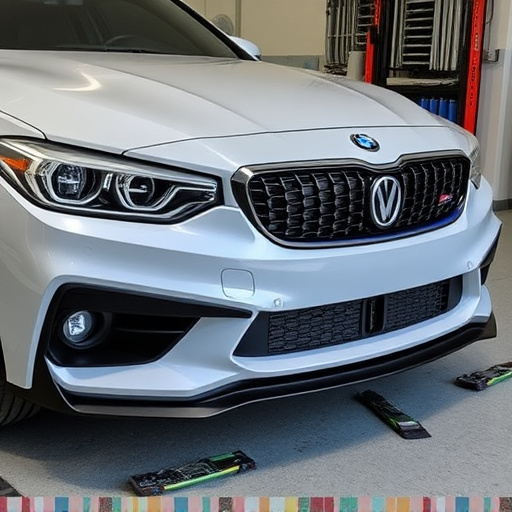
During an undercarriage inspection, several crucial components need assessment to ensure the vehicle’s longevity and safety. The undercarriage, often overlooked but vital for a vehicle’s overall health, houses critical parts that affect performance and durability. Mechanics inspect key areas such as exhaust systems, suspension components, fuel lines, and brake assemblies. These elements are susceptible to damage from road debris, collisions, or rough terrain, which can lead to more serious issues if left unattended.
Proper undercarriage inspection repair involves identifying and addressing any damage or wear and tear, from cracks in the exhaust system to loose or damaged suspension parts. Regular maintenance in these areas not only extends the life of the vehicle but also enhances safety features, ensuring a smoother ride and better control. Collision repair services often play a significant role here, repairing or replacing components affected by accidents or severe weather conditions, thus restoring the vehicle’s structural integrity and undercarriage functionality.
The Impact of Regular Maintenance on Vehicle Longevity

Regular undercarriage inspection repairs play a pivotal role in extending the lifespan of any vehicle. These routine checks are crucial for identifying potential issues early on, before they escalate into costly and time-consuming problems. By keeping an eye on the underbelly of your car, you can prevent serious damage caused by road debris, potholes, or other environmental factors that might go unnoticed.
A well-maintained vehicle is less likely to experience unexpected breakdowns, which can save owners a significant amount in long-term automotive repair services. Moreover, regular undercarriage repairs can also improve fuel efficiency and overall performance, ensuring your ride remains reliable and safe. This proactive approach is often recommended by collision repair centers as a way to enhance the longevity of vehicles, thereby reducing the need for frequent auto glass replacement or other major repairs.
Undercarriage inspection repair is a vital aspect of vehicle maintenance that often goes overlooked. By understanding the key components and implementing regular checks, car owners can significantly enhance their vehicle’s longevity. This proactive approach ensures that potential issues are identified early on, allowing for prompt repairs and preventing more severe damage. An extensive undercarriage inspection, combined with timely repairs, is a game-changer in extending a vehicle’s lifespan, ultimately saving both time and money in the long run.
